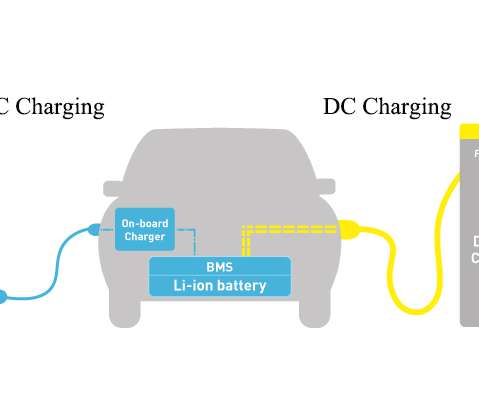What is the Combined Charging System (CCS) Standard?
Driivz
AUGUST 1, 2023
The EV charging ecosystem, comprised of EV manufacturers, EV charging station manufacturers, and EV charging network operators among others, understands that interoperability made possible by standards and protocols for EV charging and communications is essential to everyone’s success. What else does CCS standardize?












Let's personalize your content